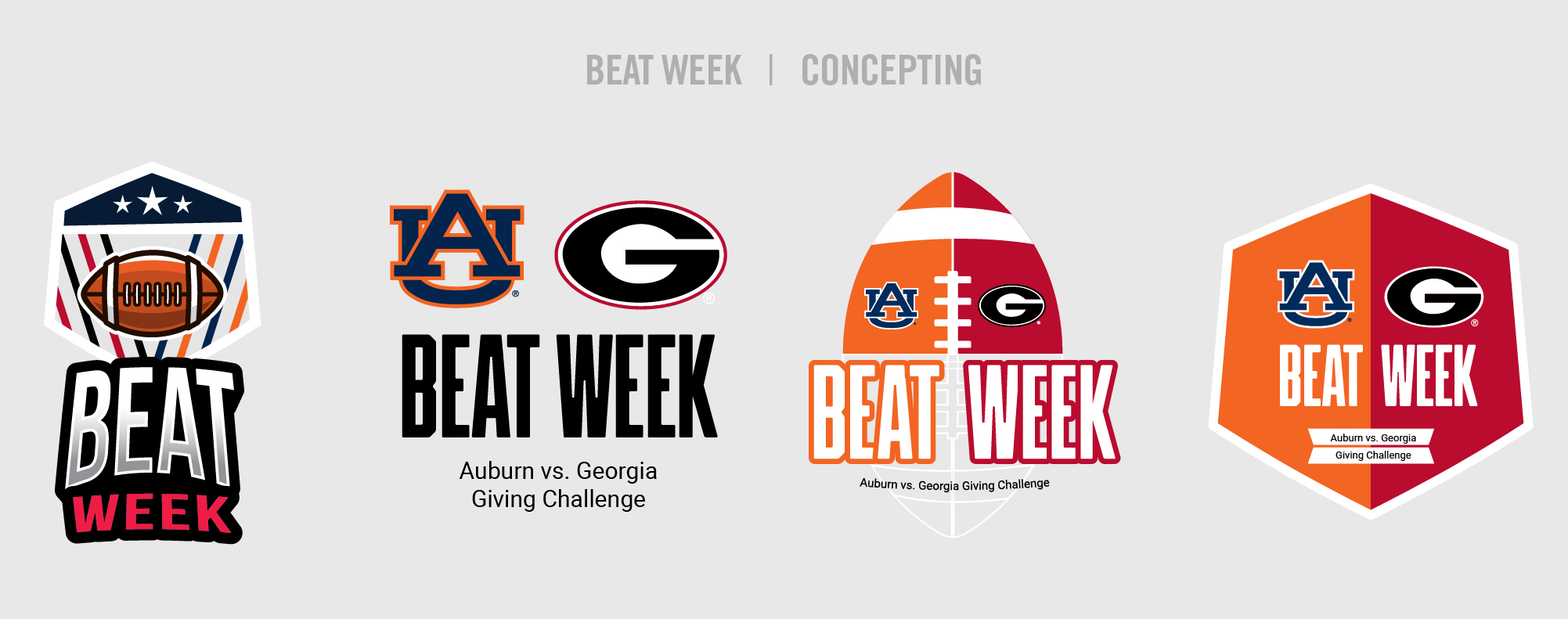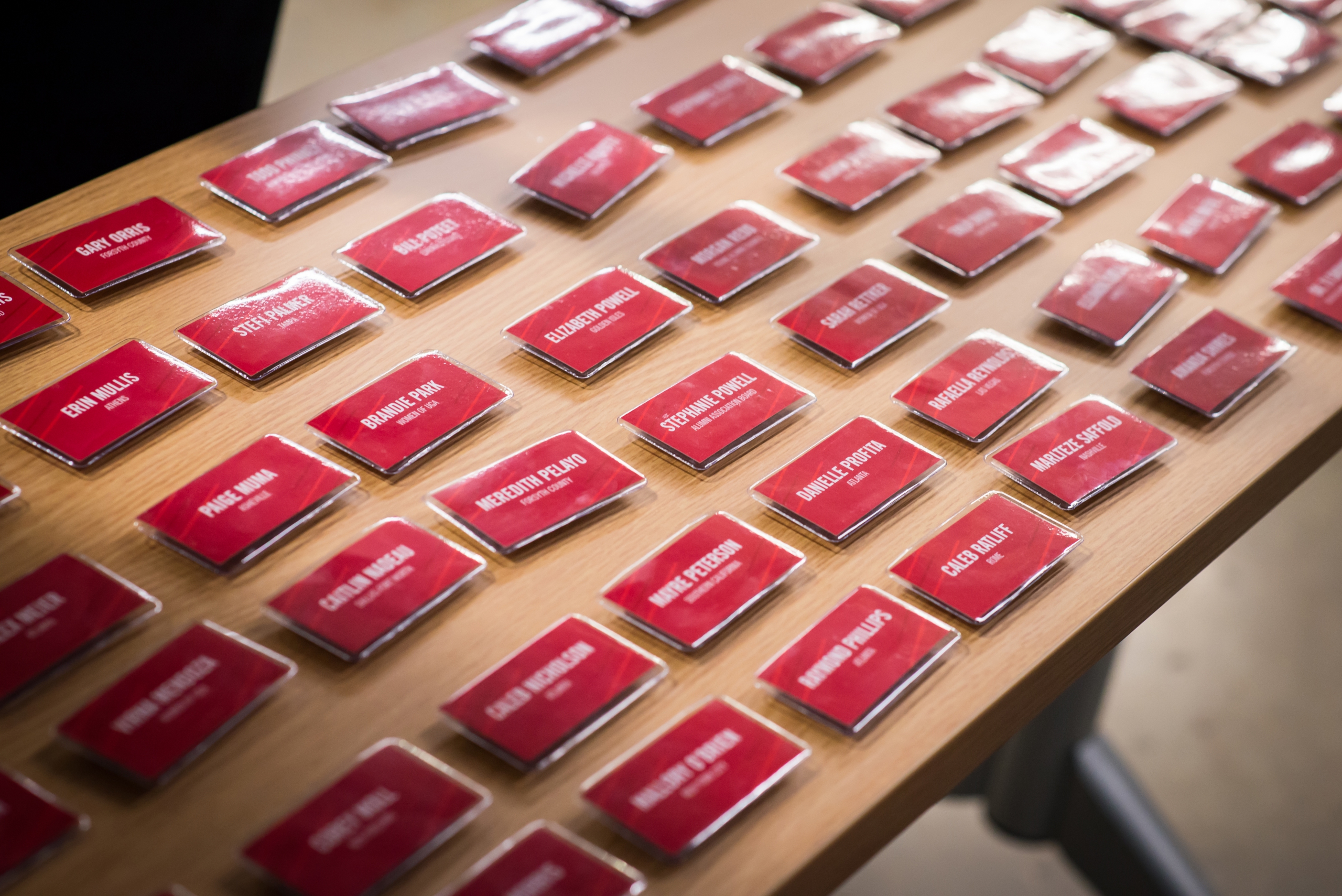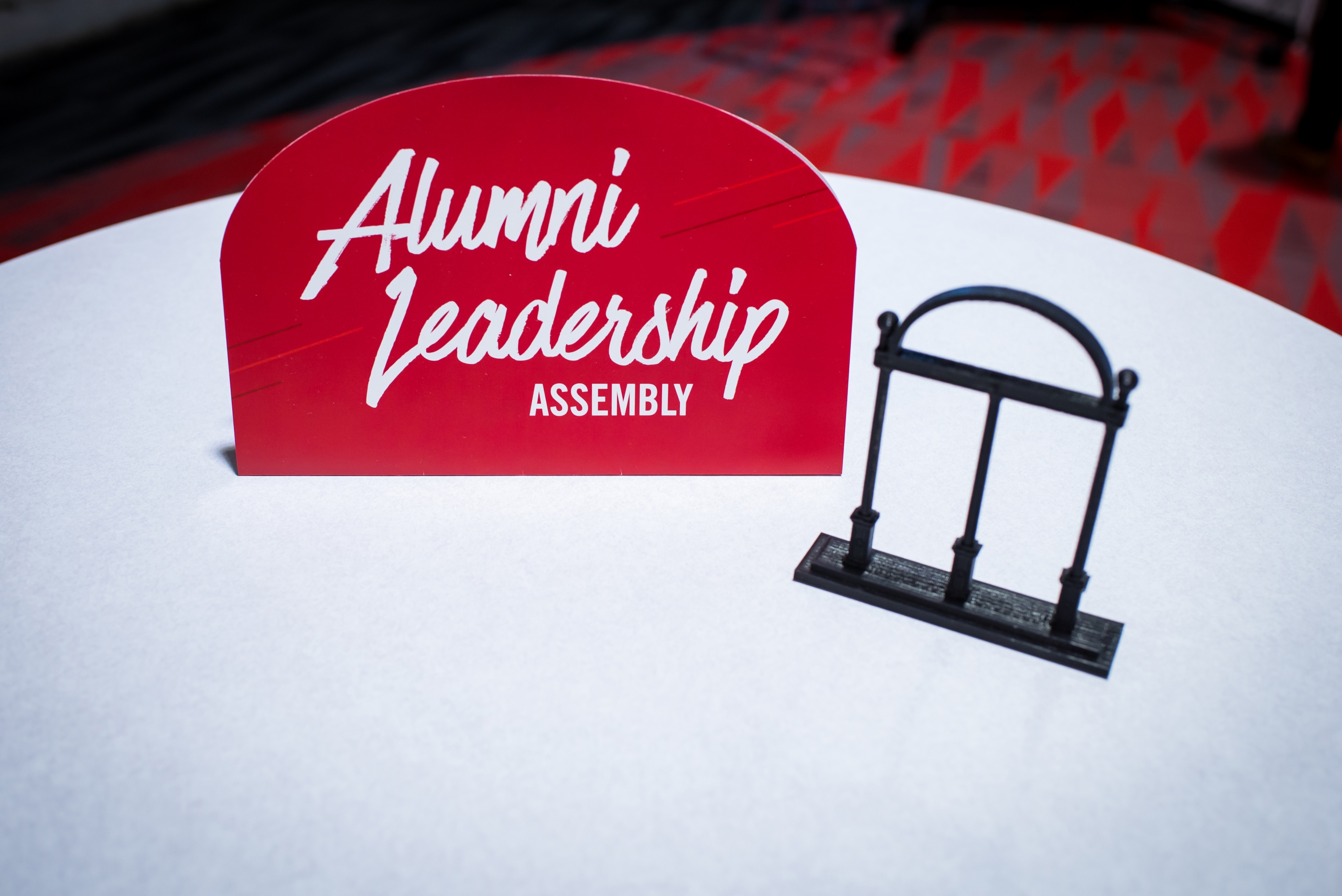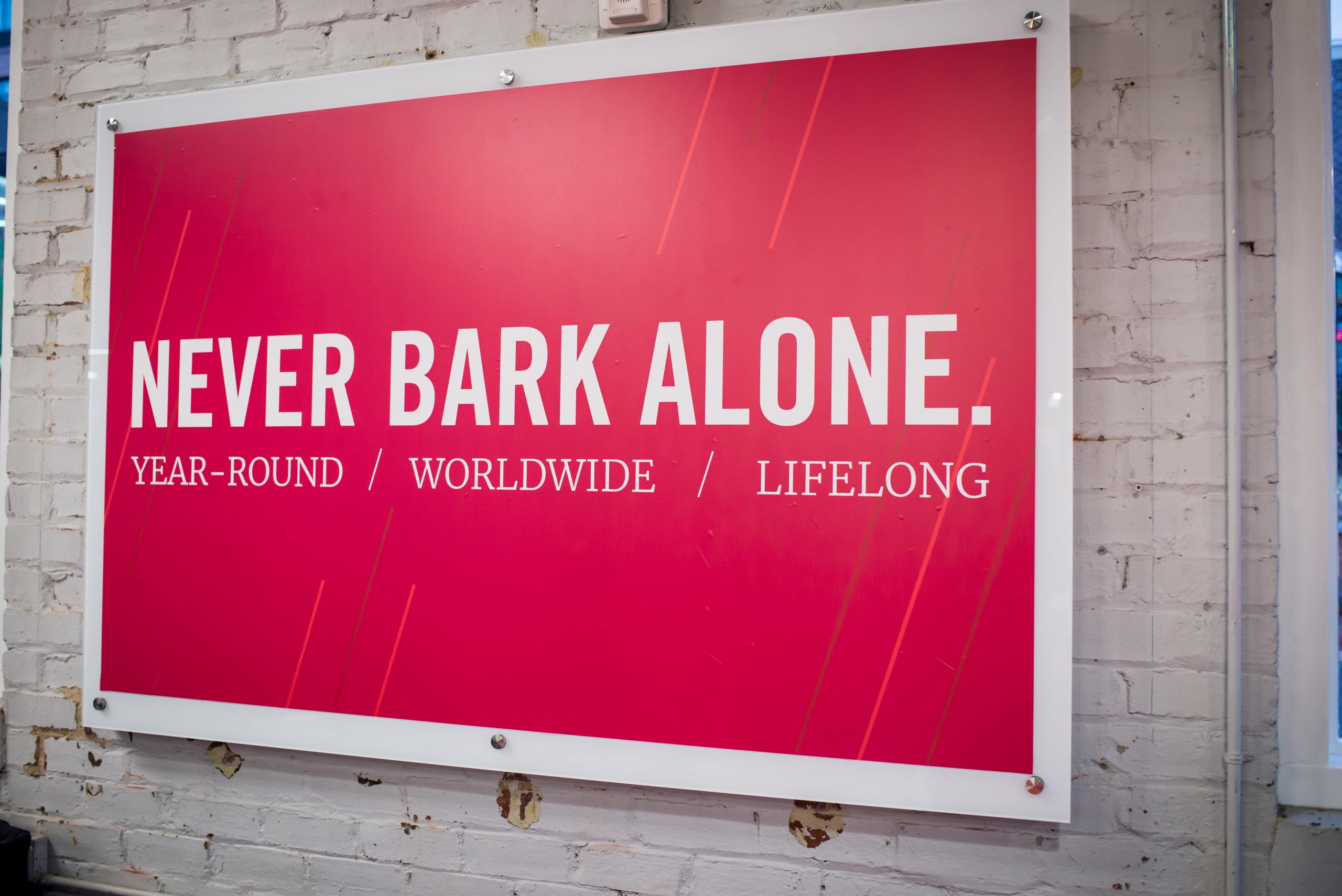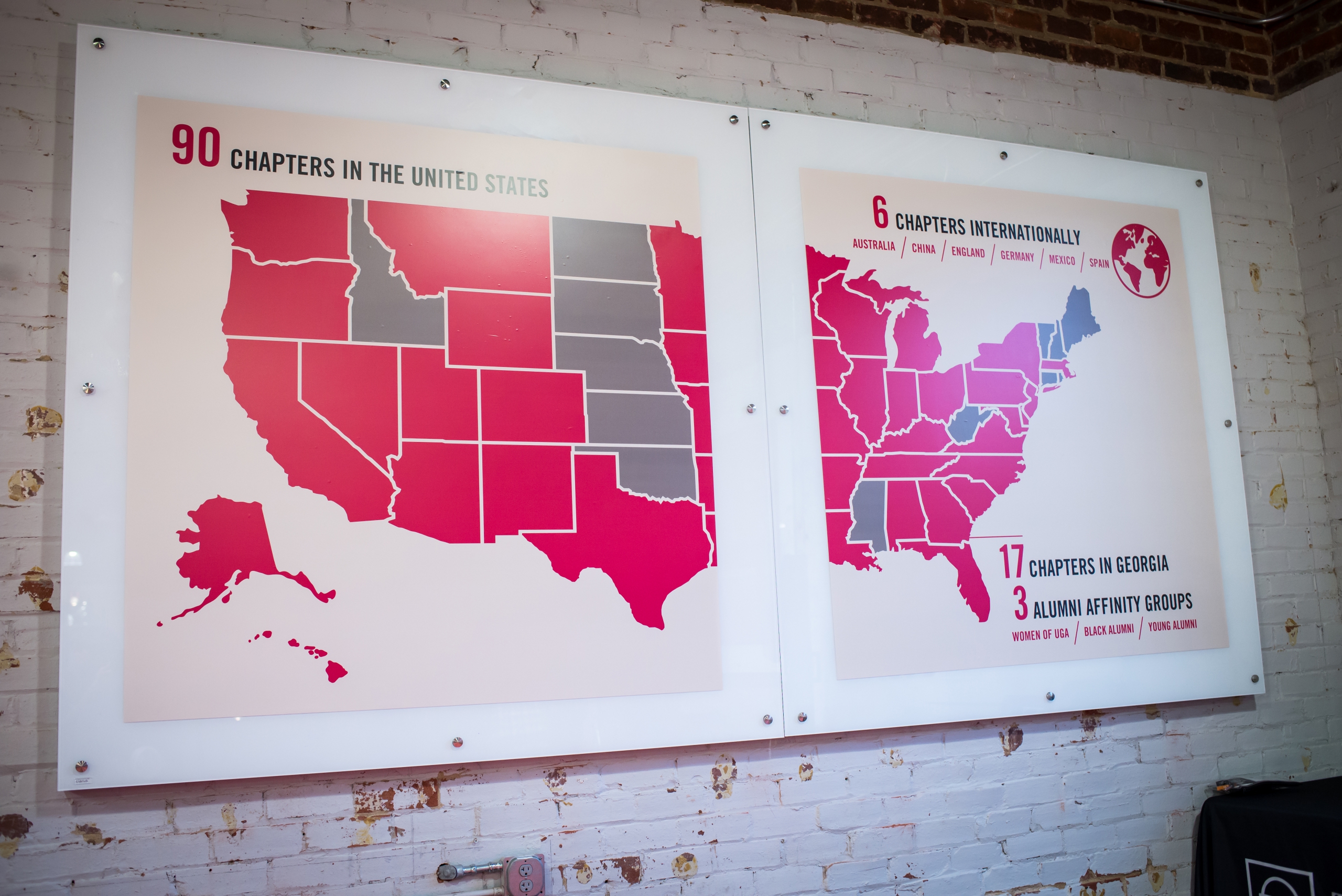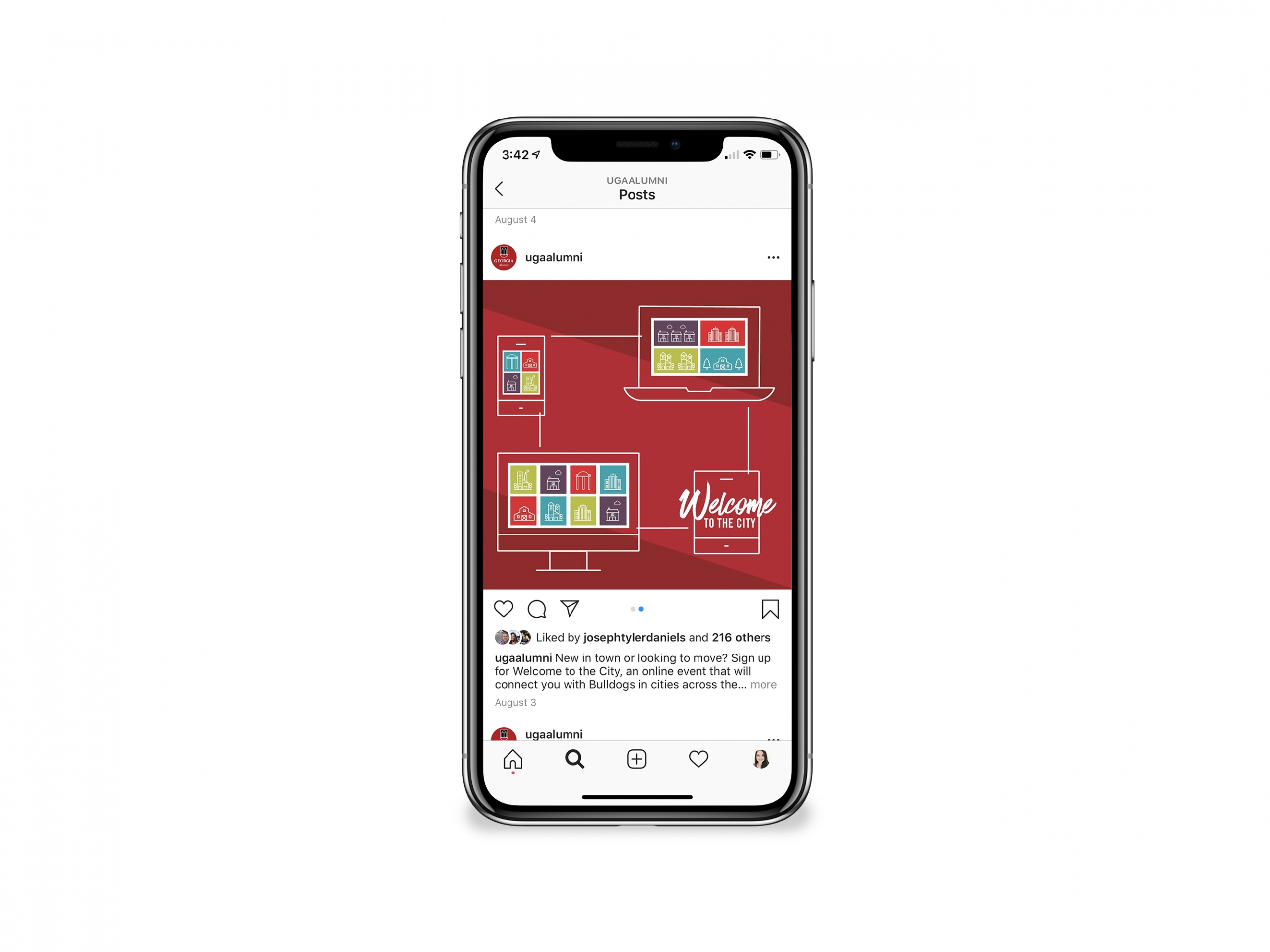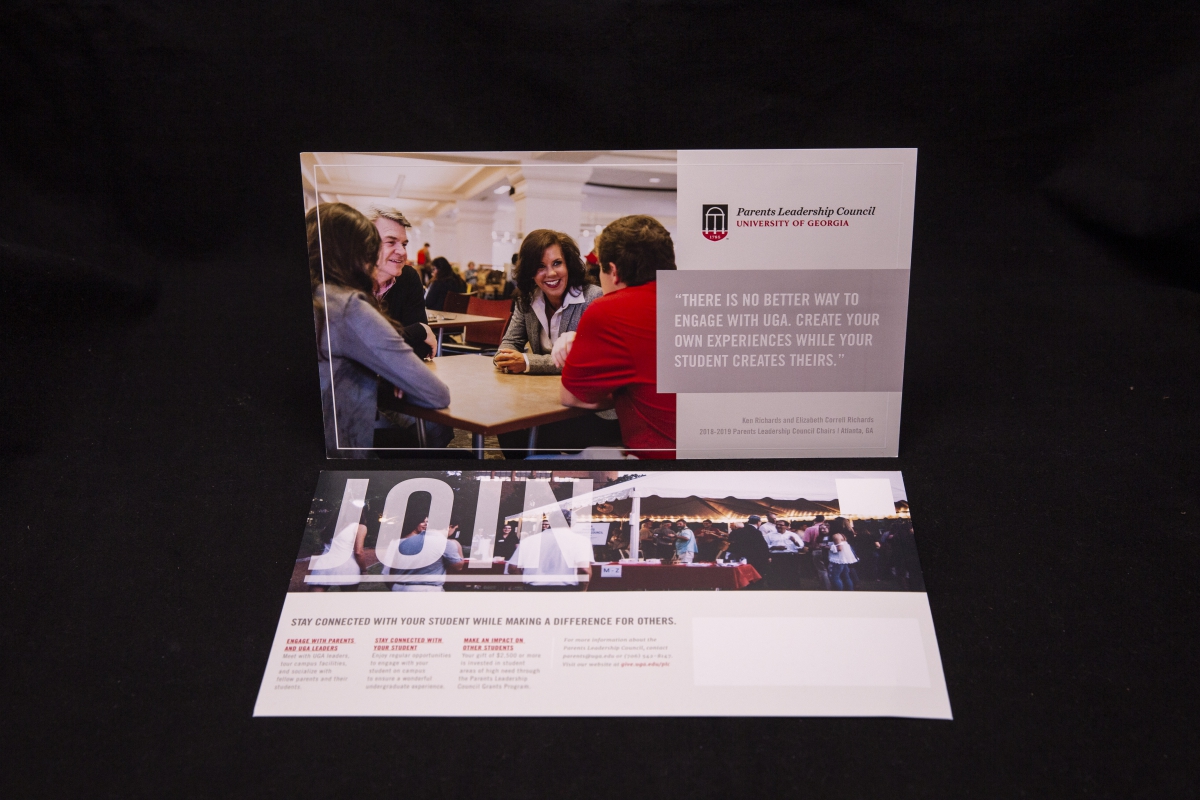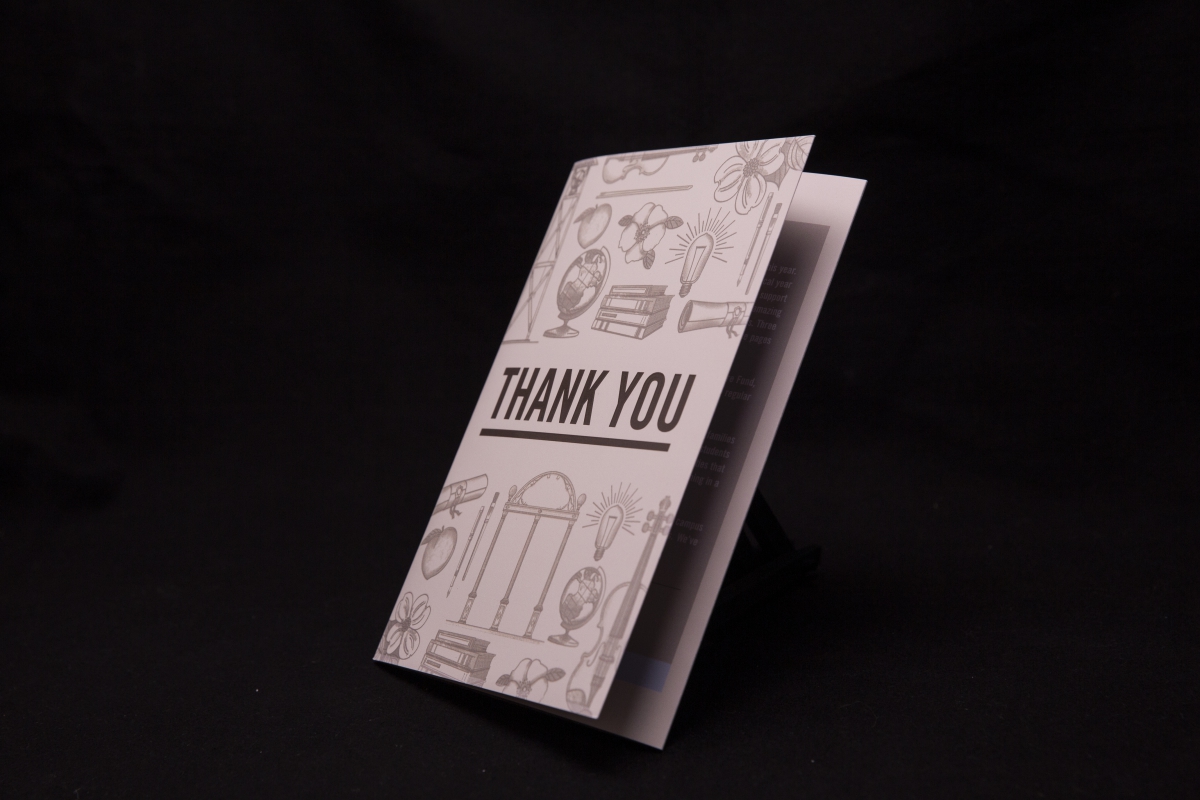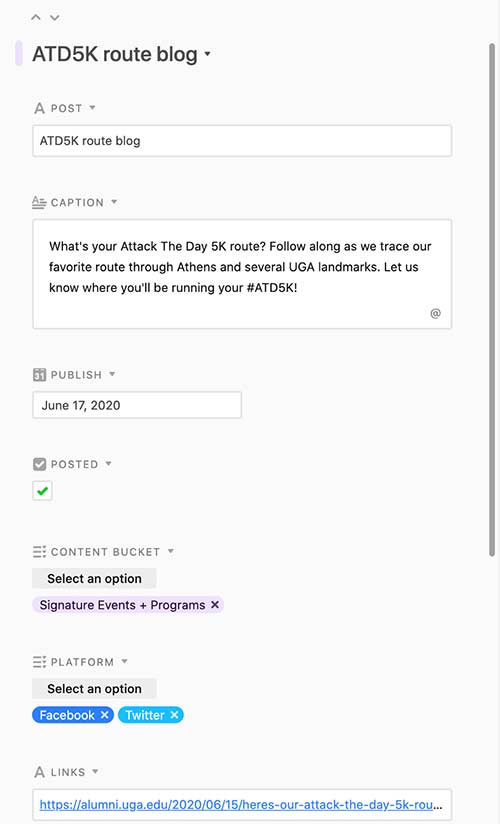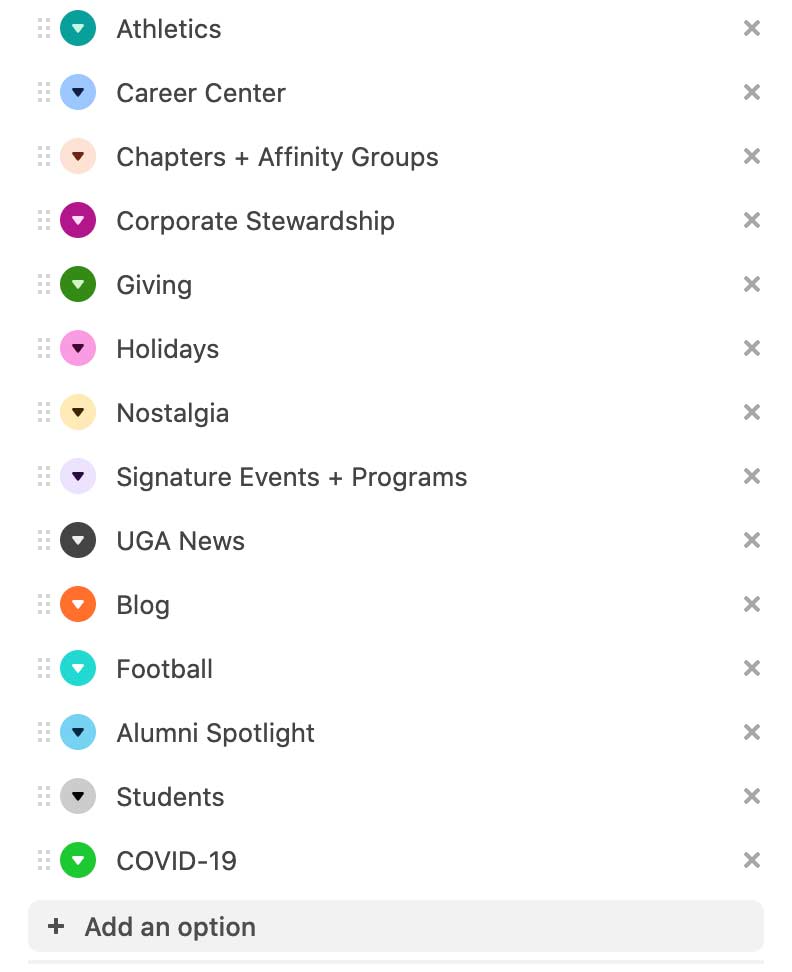We’re lucky in DARCOMM that our partners across the division take the University of Georgia visual identity seriously and are supportive when it comes to adhering to best practices. If you’re new to DAR, please take a moment to browse brand.uga.edu.
Registered vs. Trademarked
While UGA’s current visual style was launched in 2016, our logos were not granted the status of officially registered trademarks until 2022. The ™ was then updated to the ® on all UGA logos.
Side Note: You can Google to learn more about the difference between trademarks and registered marks, but in a nutshell: a ™ holds no legal meaning, but indicates that a company plans to register that mark with the U.S. Patent and Trademark Office (USPTO); ® means the trademark has been registered with the USPTO.
Thanks to everyone who helped us transition logos on materials, webpages and other collateral from the ™ to the ® versions. This means that the files you have on hand are probably correct.
As you go about your day-to-day use of files that include the UGA logo, please help keep an eye out to ensure that all UGA logos feature an ® instead of the ™. If it does not, contact Marisa Castengera for assistance with a replacement file.
Reminder: Logo Requirement
When it comes to using a UGA logo, please note that any merchandise (giveaways, swag, etc.) that is larger than 2″ in diameter is required to feature an institutional logo on it. This can be helpful to keep in mind when planning and coordinating merchandise orders.
Protected Verbiage
Did you know UGA has many phrases/verbiage that are protected? We use many of these terms on a daily basis, so it’s easy to forget about when using them in promotional materials. Some of the terms that should be accompanied by a trademark or registered symbol include Dawg® or Dawgs®, Georgia®, or even “Go You Silver Britches™”! The full list can be found under the Registered Trademarks section of brand.uga.edu.
Another recent development is that the phrase “Ain’t Nothin’ Finer” is being exclusively used by the Redcoat Marching Band to reclaim and elevate the phrase to better reflect the pride, tradition, and excellence of their role in the Georgia game day experience. In support of that effort, the phrase is currently not available for broader trademark use outside of their official materials.
Questions
You can access UGA logos through MARCOMM’s Download Center and DAR logos on the DAR Resources page. DARCOMM is always available to provide support or clarification, but this reminder of rules and guidelines surrounding logo use is always available online for your reference.
Please reach out to Marisa Castengera if you have any other questions!






